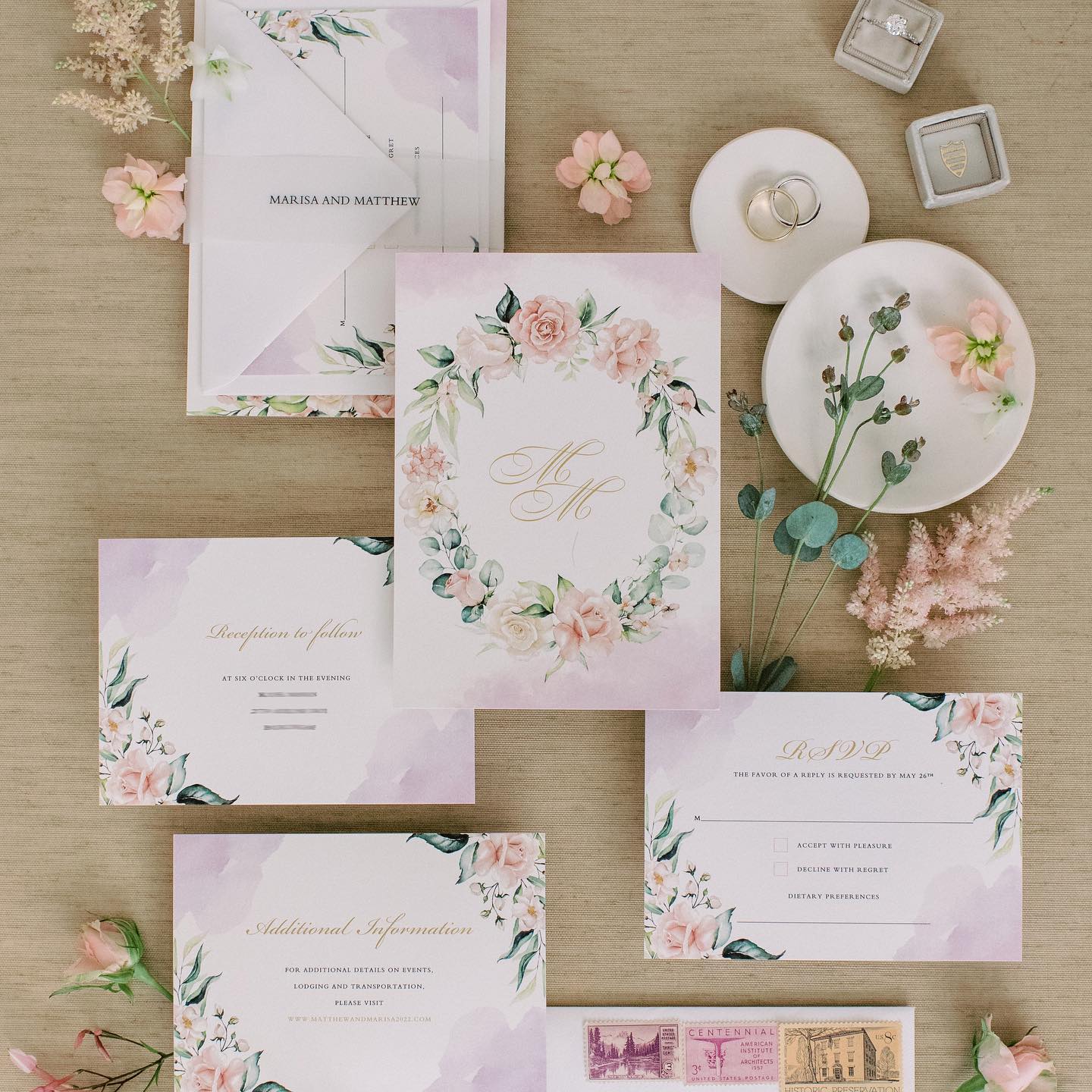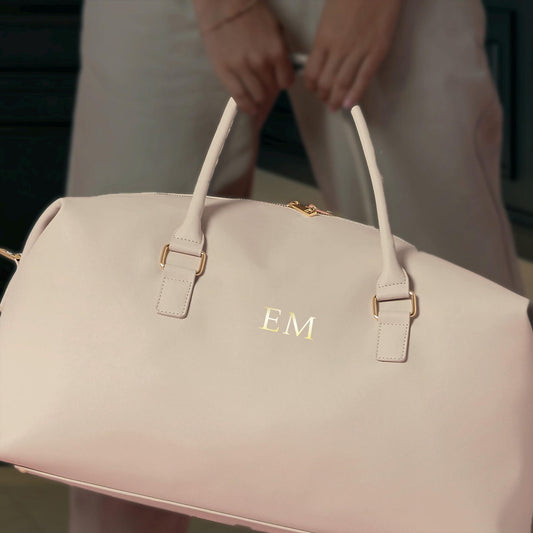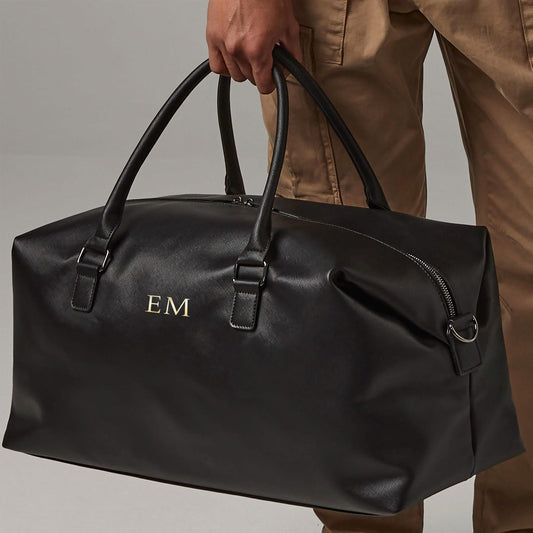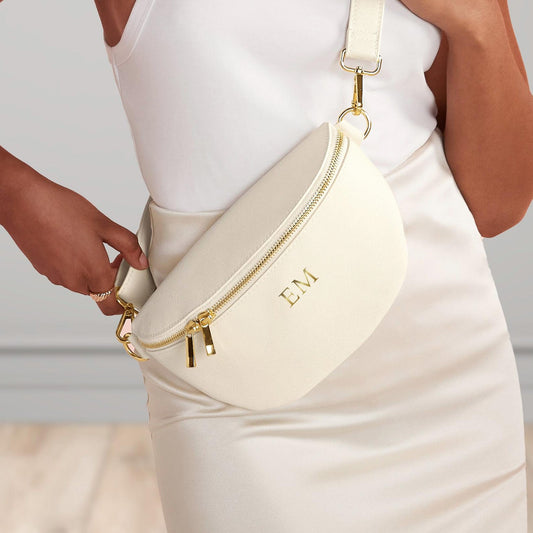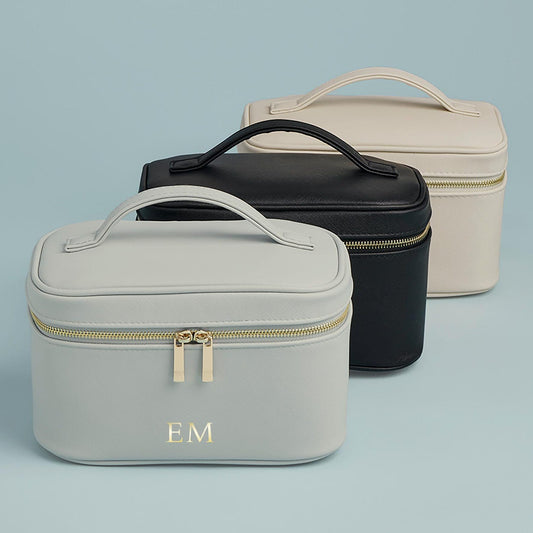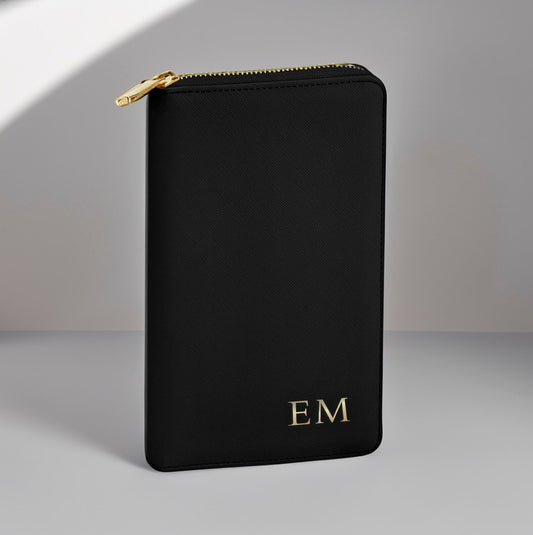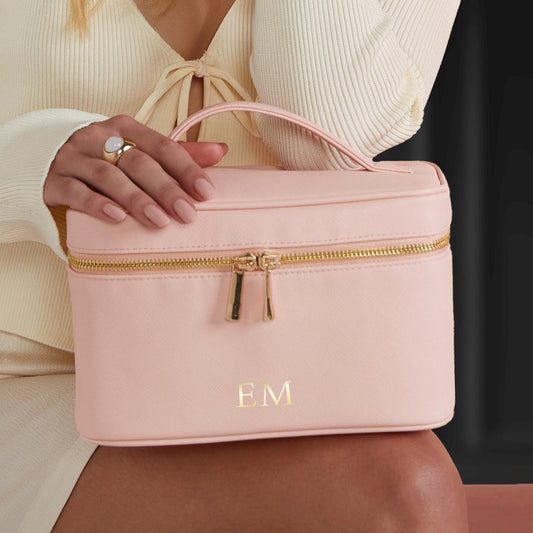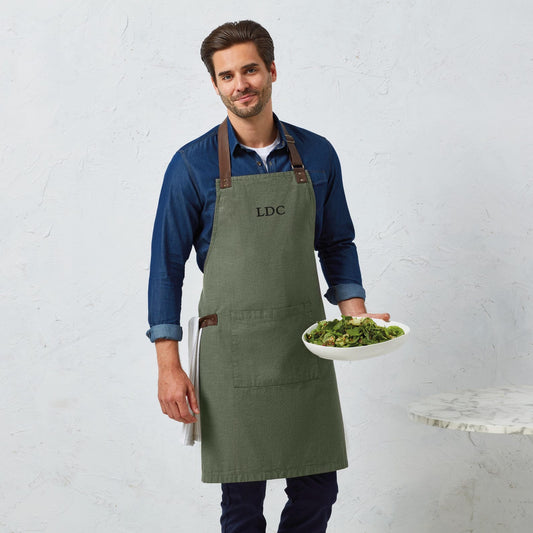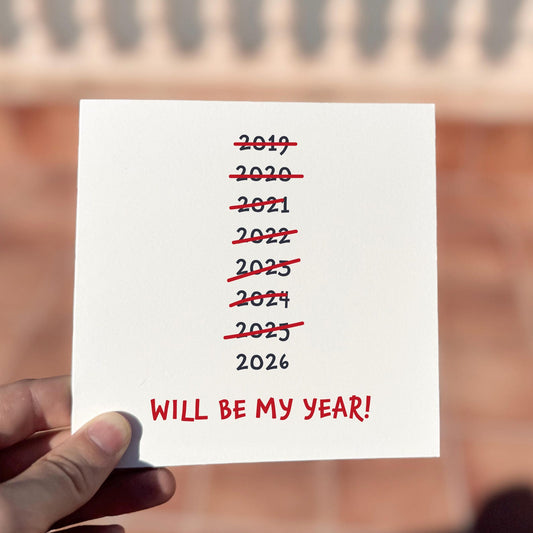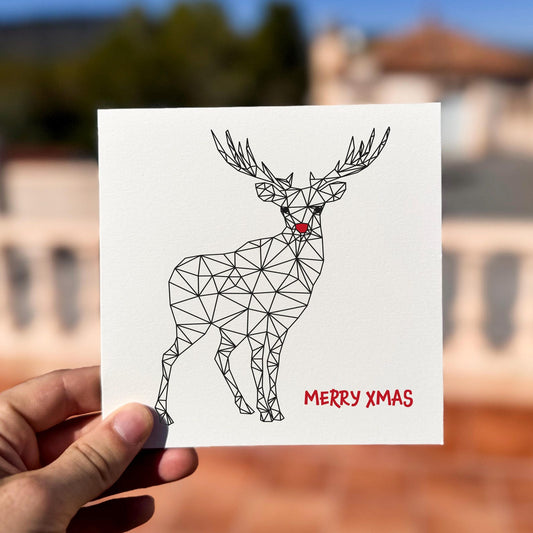Invitation Etiquette
It’s time to send your wedding invitations, but where do you start?
It’s easy to get overwhelmed with the information you need to include on your invitations and the traditional invitation protocol. Whether you'd like proper wedding invitation wording, a modern take or adding your own creative spin, it is completely up to you.
It doesn’t need to be complicated, as long as you have the key details you’re good to go. Our guide will show you how to word your wedding invitation design, including classic and contemporary wedding invitation wording etiquette.

Non-negotiable Details
Style and formality aside, every invitation should include the following crucial items of information:
- Name of the Couple
- The Date and Time
- Location (Ceremony & Reception if different)
- RSVP information

How To Word Invitations (Examples)
When it comes to inviting your guests, wedding invitation rules can be a bit of a mine field. We’ve included a few popular and creative wedding invitation wording samples below to show you how to write wedding invitation names and non traditional wedding invitation wording
Formal - Parents Hosting
Key Notes
- This example demonstrates the traditional name etiquette on wedding invitations. The bride's parent's traditionally host the wedding and so the invitation is addressed from them using their formal titles (Mr & Mrs).
- The bride's name should include her first name and optionally her middle name or names. Her surname isn't required, unless it's different to the parents surname.
- The groom's name is written in full with his formal title (Mr).
- The address doesn't need to be written in full, unless omitting details will create confusion - for example, if the reception is at the host's house, you wouldn't simply write the house name or number and the town.
- In this example, we answer 'How to write a wedding date on invitation. The date is written in full, never numerically. The day of the week is always included, followed by a comma. The year is always included.
Informal - Parents Hosting
Key Notes
- This example demonstrates less formal etiquette for names on wedding invitations. The invitation is addressed from the bride's parents informally, using their forenames.
- The brides name and middle name is included but not her surname, as her surname is the same as her parents (in most cases).
- The groom's name is written without his formal title (Mr).
- The date is still written in full with the day of the week and the year.
- The time can be written using 'pm' or 'am'
- The RSVP date is written numerically.
- RSVP should be written R.S.V.P. to be gramatically correct, but this can be adjusted dependent on style choice and personal preference. Personally we think it looks better without.
Formal - Couple Hosting
Key Notes
- The couple may be paying for the wedding and therefore it would be inappropriate to suggest the bride's parents are hosting the event. In this instance, the invitation is addressed from the bride and groom. Including 'Together with their families' ensures the parents/families are still acknowledged as a part of the wedding.
- As the the bride's parents aren't named in this example, it's important to include the bride's surname.
- The bride and groom's formal titles are included (Miss & Mr).
- The date, address and RSVP details follow the same grammatical rules as the formal invitation wording above. See 'How to write the date on wedding invitation' section above.
Informal - Couple Hosting
Key Notes
- This example is more conversational and doesn't include traditional formalities.
- The wording is straight to the point and includes the essential details only.
- An informal invitation like this would be used for a modern, less formal wedding, in which the bride and groom are hosting and paying for the event.
- You may include a nod to the families alongside the informal wording - depending on preference and circumstances.
Same Sex - Couple Hosting
Key Notes
- Same sex weddings will follow the same formalities as our other examples, with a small exception.
- The order of the couples names isn't determined by the tradition of including the bride's name first.
- Couples will therefore choose to include their names alphabetically or in the order that flows best.
- Same sex couples may still choose to have one set of parents hosting the event, but this is less common.
One of the parents is deceased
Key Notes
- The bride and groom are inviting the guests in this instance, but the parents are acknowledged including any deceased parents. This is noted with the words 'the late...'.
- Even if the bride's parents are hosting and paying for the wedding, it would be inappropriate to invite the the guest's from a parent that is no longer with us. Similarly, it might be considered insensitive to address the invitation solely from the surviving parent.
- In this example the groom's parents are also mentioned for consistency.
- If you'd rather keep it simple 'Together with their families' would be an informal alternative in these circumstances.
Wedding Invites With Divorced Parents (No Stepparents)
Key Notes
- Depending on circumstances, when writing divorced parents wedding invitation wording, the mother is the bride may have kept her married name, or as shown in this example, she has reverted to her maiden name, using the formal title 'Ms.'
- It may not be appropriate to address an invitation from divorced parents using the wording Mr & Mrs. Instead the mother and father are both mentioned separately, but still on the same line to ensure there is no hierarchy.
Wedding Invites With Divorced Parents (With Stepparents)
Key Notes
- It gets a little complicated here and from a design point of view, we would recommend a simple 'together with their families' instead of naming all of the parents. However if naming your parents as hosts, despite family circumstances is important to you (or your parents), this format is what we would advise.
- All set of parents are mentioned here - the bride's divorced and remarried mum and dad and the groom's married mum and dad.
- The groom's parents are mentioned in this example, but this isn't necessary and all comes down to personal preference.
Children Inviting
Key Notes
- Engaged couples with children will occasionally invite their guests to their wedding with their children as the hosts.
- What this example lacks in tradition and correct form, it makes up for in cuteness.
Pets Inviting
Key Notes
- Straying even further from tradition here, the example represents the couples dog hosting the wedding.
- Whilst very rare to see this format, we have been asked for this on more than one occasion.
- Bonus points if you take it one step further and replace 'Parents' with 'Paw-rents'. We won't judge.
Minimalist
Key Notes
- This example includes the bare minimum and would typically be reserved for a couple that prioritises their wedding invitation design over the content and formalities.
- The addition of a QR code will ensure the invitation itself isn't cluttered with details, but the guests are still fully informed.
How to invite
There are many ways to ask for the pleasure of your guests' company. Here are few options:
- request the pleasure of your company
- would love for you to join them
- would like to invite you
- invite you to celebrate with them
- the honour of your presence is requested
- Cordially invite you to celebrate

Changing trends
When we first started creating wedding invitations (over 10 years ago), the wording structure preferences was very different to today.
Almost every single invitation we created in 2012 followed the traditional formal structure of the bride's parents hosting the event and addressing the invitation from them.
However weddings have changed over the past decade, styles have progressed and many traditions are no longer deemed essential in creating a wedding experience with a unique and personal flair.
In 2023, we find that overwhelmingly couples choose to host and pay for their weddings themselves, rather than the bride's parents.
In addition, the idea of a wedding being an overly formal event is also being replaced with less formal events and in turn less formal invitations and wording structures. The basis of which points to the possibility that following traditions inevitably creates homogenous events, indistinguishable from every other wedding. In today's world it's absolutely crucial to plan a wedding with something different to every other wedding.
Correct Form
If you're a stickler for tradition and want to ensure your wedding follows every marriage tradition to a tee, we highly recommend taking a look at Debrett's
Debrett's is a British professional coaching company, publisher and authority on etiquette and behaviour, founded in 1769.
The Debretts Wedding invitation guidelines (Debrett's Correct Form) outline the basis of all of our formal examples above and though our personal recommended wording formatting has evolved over the years, there are many Debrett guidelines we will never move away from.







